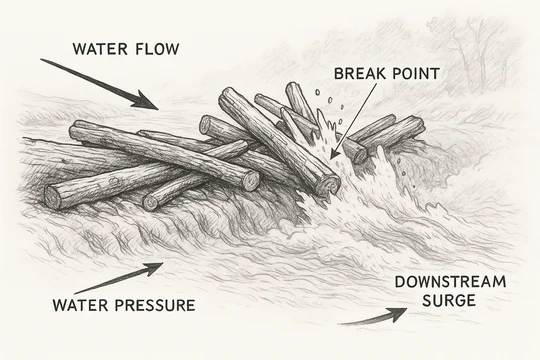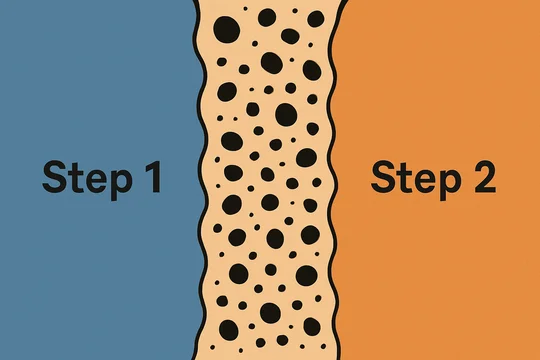
Today, Judge Connolly held ineligible a patent directed to "teleorthodontics," i.e., a business method for practicing orthodontics remotely through the use of 3D scans of a patients' mouth.
The outcome is not all that unusual—Judge Connolly characterized the patents as essentially "do it with a computer" patents for orthodontics, where the patent claims performing a traditionally offline activity remotely using conventional computers and commercially available 3D scanners.
And, as the Court noted, other courts have held telehealth business method patents ineligible under § 101. Here, according to the Court, the patents at issue simply applied available commercial technology to the abstract idea of connecting patients and orthodontists remotely.
On the other hand, Plaintiff presented a nice array of procedural and substantive arguments to try to save its claims, all of which ultimately failed. It argued:
- That none of the claims are representative (the Court: none of the claims meaningfully different);
- Fact issues prevent dismissal (the Court: no relevant disputes of fact)
- The question of whether the preamble is limiting prevents dismissal (the Court: the preamble is irrelevant)
- The parties need claim construction regarding the order of the claim elements (the Court: the order does not matter)
- The claims are directed to a manufacturing method for a physical device (the Court: no, they are not)
The only big anti-early-§ 101 argument that is missing is the good old "our complaint says that nothing is conventional!"—an argument that has sometimes worked in the past.
Nonetheless, none of plaintiffs' procedural arguments made headway. I continue to believe—and I've heard at least one of the District of Delaware judges say the same thing—that the Federal Circuit's 2018 Berkheimer decision really did not have the impact that many expected, and that § 101 motions to dismiss have continued basically unabated.
If you enjoyed this post, consider subscribing to receive free e-mail updates about new posts.





